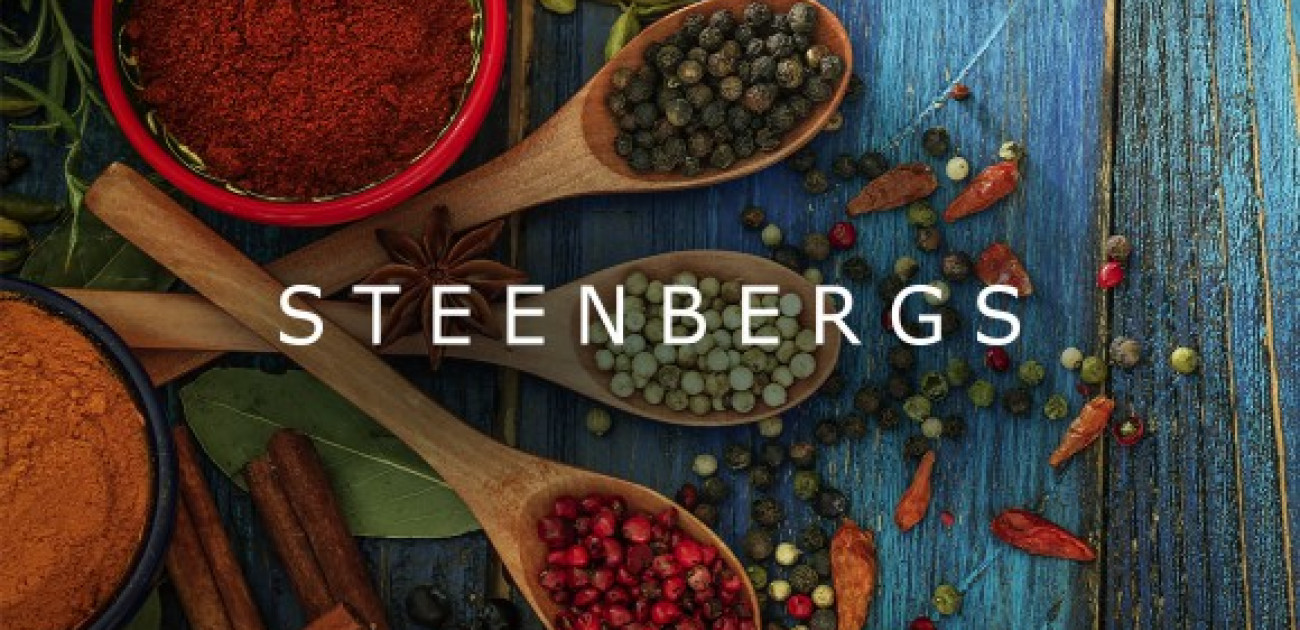02 September 2009
New Spice Standards for Fairtrade

Fairtrade has issued new standards for Fairtrade spices which seem to be a recipe for chaos. They basically say that you can trade any spice or herb as Fairtrade and that the Fairtrade price is the price agreed between the buyer and the seller. A premium of 15% then needs to be paid on this to the Fairtrade social fund as normal. The list of herbs and spices is very wide, even including sweetcorn which could be a huge market for the likes of the Jolly Green Giant, where it could set prices as it sees fit and say it’s Fairtrade.
Where a Fairtrade minimum price exists, the higher of this and the market price prevails, e.g. for vanilla and pepper (where it has been set for India & Sri Lanka but not Brazil or Vietnam). Also, certain countries have opted to continue with the minimum price route, e.g. India and Sri Lanka, while the rest of the world has not; therefore those going for the more interventionist route will be squeezed out of the market by more aggressive intensive growers from Vietnam and Brazil. And the consumer will not be able to differentiate between old-style Fairtrade and new-style Fairtrade countries, since there is no attempt at a level playing field.
As someone who has put a lot of effort (even if it seems small to some out there) into Fairtrade spices, getting them up and running, launching them into the UK market and trading them with other producers, I am disappointed with the new spices standards, to say the least.
They seem to be a gigantic cop-out. These standards don’t appear to be any different from normal spices without any Fairtrade protection, where the price is agreed between the buyer and the seller, except for the Fairtrade premium.
Also, who’s going to police the pricing when the markets plummet – I thought one of the key features of Fairtrade was that there was a minimum price, a floor. So for an example we can use a product that does have a set price such as vanilla, we could buy organic or conventional vanilla at present for less than $20/kg in the open market but the Fairtrade floor price is €43.83/kg, but for new products this potential 100% differential would have disappeared and Fairtrade producers are stuck. But if I found vanilla in an area that had no price floor, e.g. Central America, I could buy it at $20/kg or less. Of course I still have to find a Fairtrade certified buyer who was willing to sell at these below Fairtrade set prices.
It feels as if Fairtrade felt that working out the Fairtrade pricing for spices & herbs was too difficult, so they just compromised and gave up – perhaps the supermarkets were asking for them to get a move on, or perhaps the big boys, like Fuchs in Germany or McCormick/Schwartz, wanted to launch their own products using their own sources.
All-in-all, I am very unimpressed, but who really cares about my viewpoint as my voice is very weak.
What’s next, will banana producers say that the price of bananas should be agreed between Chiquita and Wal-Mart rather than using the Fairtrade mechanism? Perhaps we should ask the cotton growers to accept what they are forced to pay by sweat shop owners in the developing world so that the large retailers in the EC and the USA can meet the margins and pricing requirements that Governments want and consumers demand, while meeting the internal rates of return of Wall Street and the Square Mile.
My view is that Fairtrade could do better. They should see the potential damage this could do to its brand as it starts watering down its principals at the edges. Or aren’t spice growers valued as highly as the coffee growers? I think not.
Just like in the current Ali al-Megrahi debate: you either have red lines over which you will not cross and keep these as fundamental principals, or you say we will sell our soul whenever it gets too complicated or the economic stakes are high enough.




